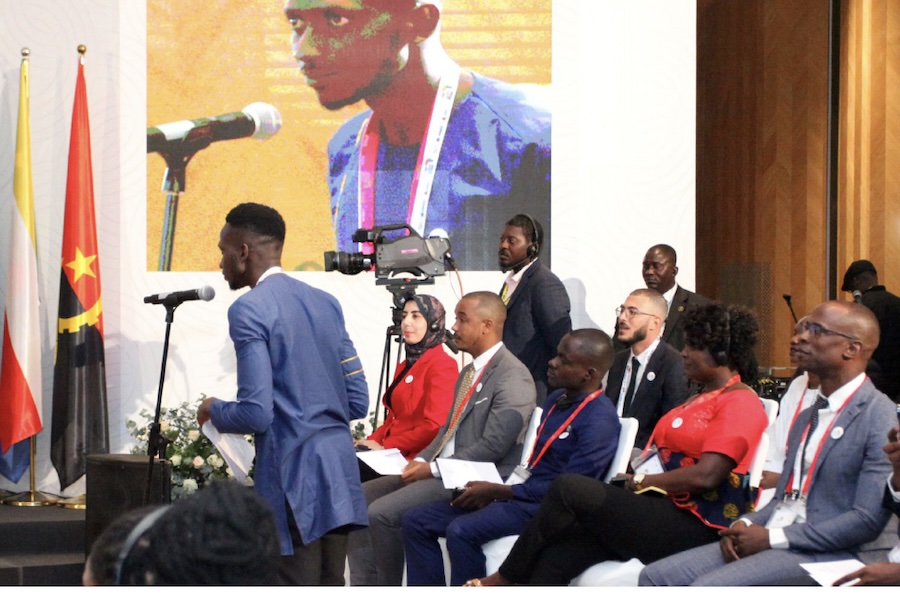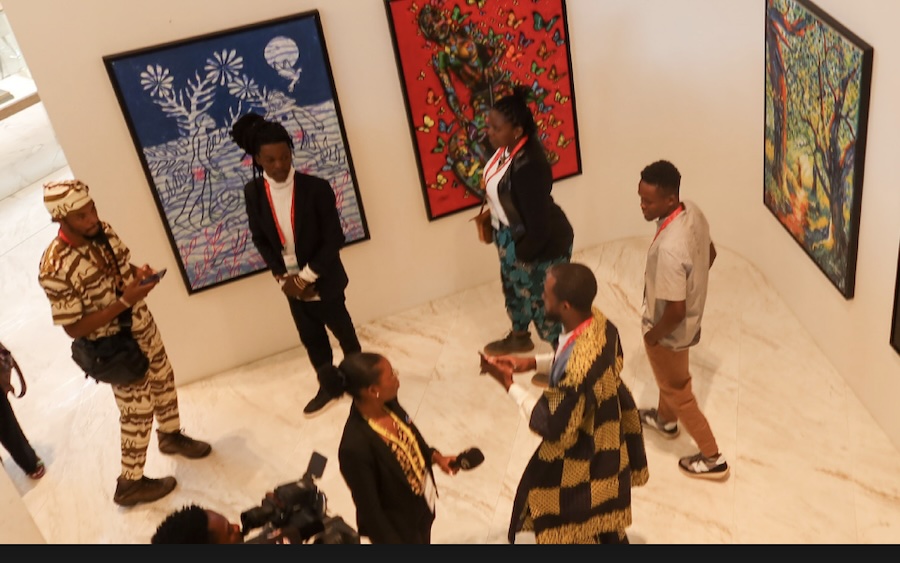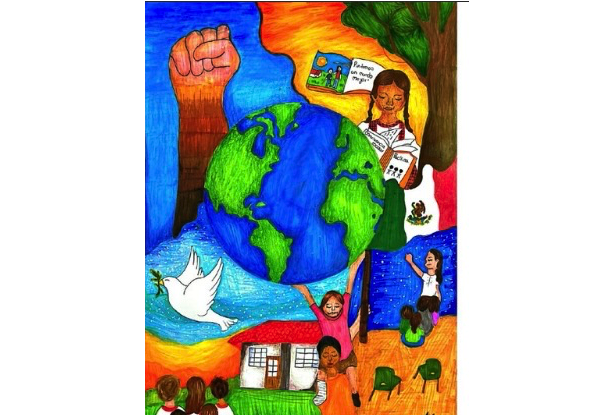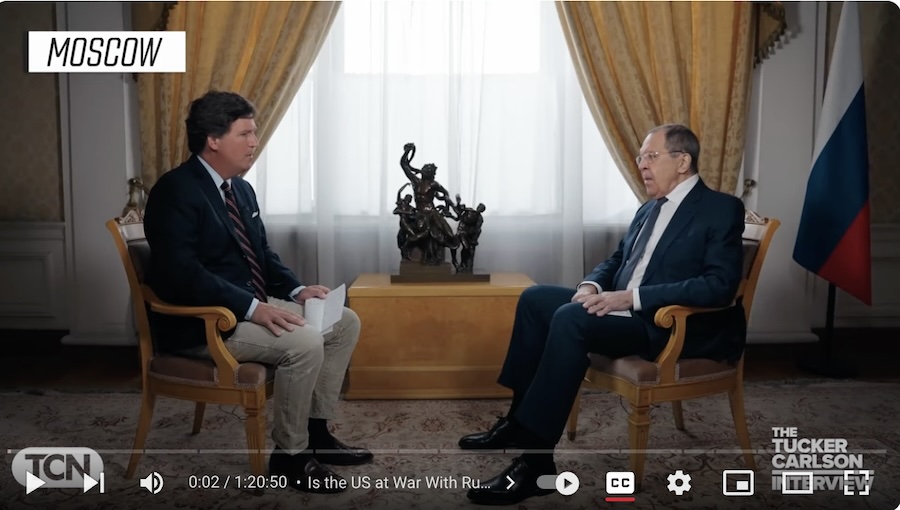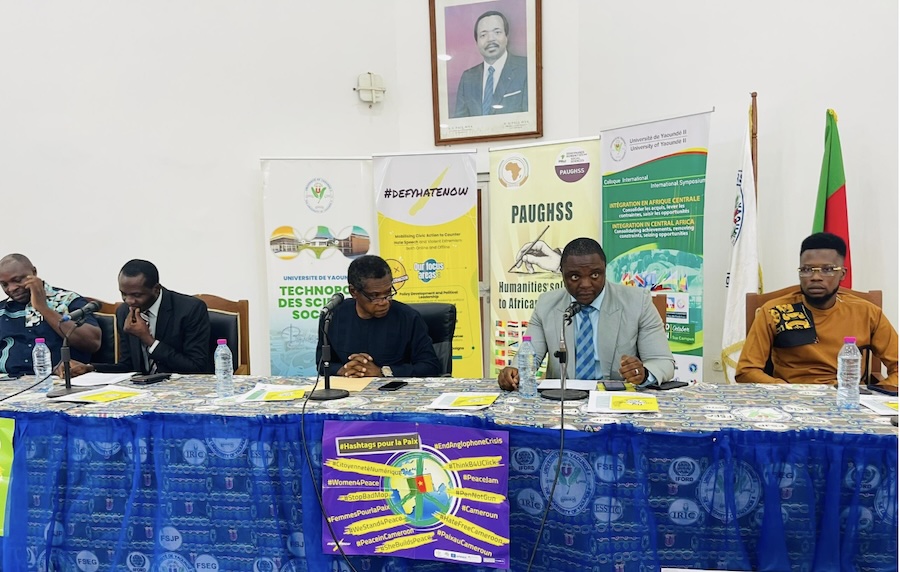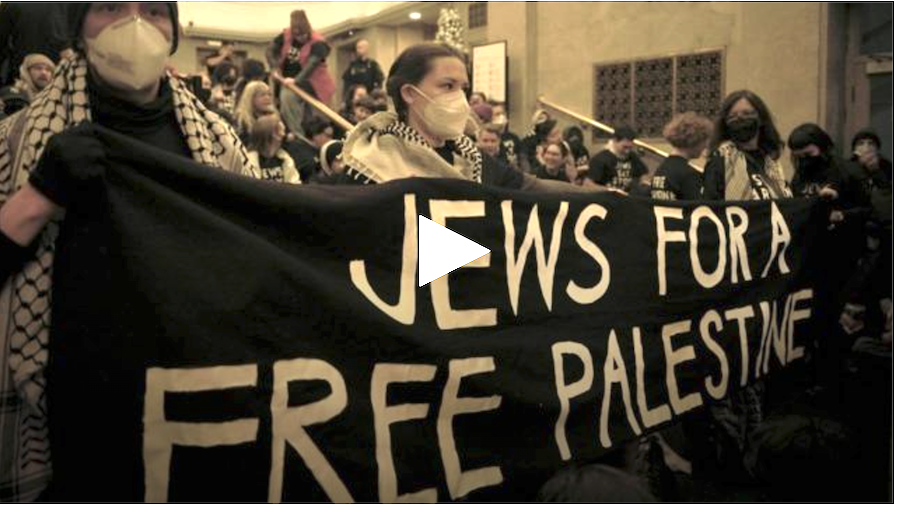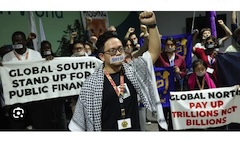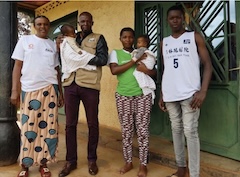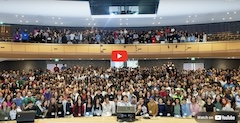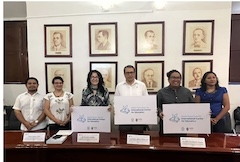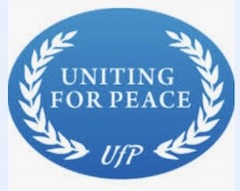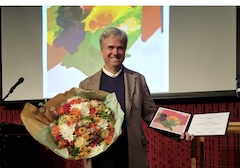.. SUSTAINABLE DEVELOPMENT ..
An article by Angela Lederach from Peace News (reprinted by permission)
Since 2014, I have had the privilege of learning from grassroots social leaders at the forefront of building peace in Montes de María, Colombia – one of the territories prioritized by the 2016 peace agreement between the FARC (Revolutionary Armed Forces of Colombia) and the government.
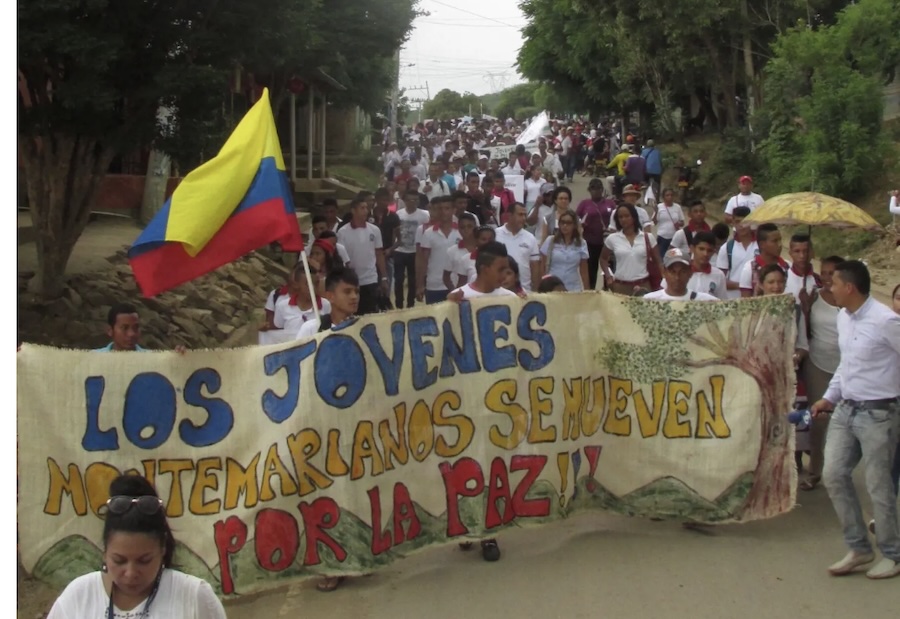
Youth Peace Provokers March for Peace 2016, photo by author
A human rights lawyer who works closely with the Colombian transitional justice tribunal told me in June 2024 that one of the biggest challenges for the Special Jurisdiction for Peace (JEP) was that the peace process was rushed. I have heard grassroots organizers frequently echo the sentiments of this human rights lawyer, admonishing the state for operating with “too much prisa [hurry].”
As an anthropologist who studies the politics of peacebuilding, I was initially puzzled by the widespread critique of “prisa/hurry”. Indeed, sluggish, bureaucratic delays have characterized the postaccord implementation process across rural Colombia. Clearly, when grassroots peacebuilders criticize the state for operating with “too much prisa/hurry,” they are not suggesting that the accords are being implemented rapidly. What claims, then, are campesino peacebuilders making? And what does their approach to “paz sin prisa / peace without hurry” entail?
As I traversed the everyday landscapes of campesino peacebuilding, I began to realize that the call to “slowness” does not negate the pressing needs that animate the collective struggle for peace in Colombia. There is, in fact, a fierce urgency in the campesino call to slow down, take notice, and tend territorial relations of care in the wake of violence. Grassroots peacebuilders do not limit their understanding of time to speed (acceleration and deceleration) or duration (short and long-term frameworks). Instead, slowness is understood as a mode of attention and practice of presence. Slow peace offers a relational framework that locates peacebuilding as a multigenerational, multispecies, and permanent process to cultivate a more just and livable world.
I have identified three lessons for building slow peace.
First, slow peace is a multigenerational process
In August 2016, I interviewed Jorge, a campesino [small farmer] leader, in his palm-thatched home. Jorge did not begin his life history with the war. Instead, he recounted the ancestral history of the territory, emphasizing how nonviolent resistance and solidarity led to the formation of campesino communities across Montes de María as people sought refuge from enslavement and colonization. He closed our interview with a song he had composed. The war formed neither the opening nor closing stanza. Instead, Jorge sang about the multigenerational “campesino struggle” to “defend life and the right to life.”
Hours later, I learned that the Colombian government and the FARC-EP had reached a peace deal. With no internet or electricity, the historic announcement did not reach Jorge’s house. Jorge’s intimate recollections set against the distant and inaccessible backdrop of the government’s declaration of peace reflect the paradox of proximity that grassroots leaders face.
Popular depictions of Montes de María, limited only to violence, erase the long histories of campesino organizing. A multigenerational lens challenges linear accounts that locate peace as something that comes after a negotiated agreement. Grafting their work into a wider struggle, campesino peacebuilders articulate an understanding of peace as an active, social process. In giving primacy to everyday life, slowing down widens the lens and focuses the frame of peacebuilding on the historical and material conditions that peace demands.
(Article continued in the right column)
What is the relation between the environment and peace
What is happening in Colombia, Is peace possible?
(Article continued from the left column)
Second, slow peace centers social-environmental relations
“The earth suffered, too,” Jocabeth, a young campesina organizer reflected, detailing her experience of war. The violence of forced displacement disrupted multispecies relations of care, forged through the daily labor of caretaking forest and soil life in Jocabeth’s community. The violent severing of humans from these ecological relations resulted in the death of the avocado forest, upending the social, economic, and ecological sustenance of her community. For Jocabeth, place-based peacebuilding practices that regenerate multispecies relations are vital for peace.
As part of an intergenerational social movement, Jocabeth has worked with the Youth Peace Provokers to combine traditional ecological knowledge, reforestation, and agroecology with peace advocacy, nonviolent direct action, and community organizing. Here, slow peace cultivates moral dispositions attuned to the existence of the nearly imperceptible processes of life that persist amid violence – what I call an ethics of attention. As Ricardo Esquivia, the director of the local organization Sembrandopaz reflected, “the work of the base (grassroots) is to see, feel, and grow the tree held within the seed – to be so close to the ground that you can feel the grass grow.”
Finally, slow peace demands a shift from technical projects to social movements. Campesinos cite the “clash in times” between their community processes and external peace interventions as one of the most difficult challenges they must overcome. Technocratic interventions that rely on measurable outcomes and helicopter interactions designed to meet donor demands reduce peace to paper. In contrast, slow peace situates peacebuilding as an ongoing political process that prioritizes sustained proximity.
For example, the Regional Space for Peacebuilding in Montes de María – a broad-based coalition that brings representatives from Afrodescendant, Indigenous, Campesino, youth, women, and LGBTQIA+ movements together – facilitates a sustained, monthly dialogue between these diverse grassroots peace organizations. The coalition has also convened unlikely encounters between community members and generals, paramilitary commanders, FARC representatives, and multinational corporations. These “improbable dialogues” have resulted in the formation of farming cooperatives between former combatants and victims, the return of dispossessed land, and formal apologies. The Regional Space’s approach to sustained dialogue demonstrates how a temporal shift from technical projects to community organizing deepens processes of social repair. The multigenerational, place-based, and permanent commitment to peacebuilding through sustained dialogue – exemplified in the work of the Regional Space – also allows grassroots organizations to build collective power desde la base – from the ground up.
In Montes de María, there is a traditional saying: “Slow down, because there is hurry.” Slowness emerges through an immersion into everyday life where the seeds of peace are continuously cultivated, cared for, and nurtured. “Slow peace” does not offer a prescriptive blueprint. However, reflecting on the relational practices, modes of attention, and quality of presence that shape peoples’ experiences of time, relations, and power is vital for cultivating sustainable peace – with lessons for peacebuilders globally.
– – – –
Angela J. Lederach (she/her/hers) is Assistant Professor of Peace and Justice Studies at Chapman University. She is the author of Feel the Grass Grow: Ecologies of Slow Peace in Colombia (Stanford University Press 2023) and co-author of When Blood and Bones Cry Out: Journeys Through the Soundscape of Healing and Reconciliation (Oxford University Press 2010). As a cultural anthropologist and peace studies scholar-practitioner, Lederach has worked on peacebuilding and restorative justice processes in Sierra Leone, Philippines, Colombia, and the United States.
– – – – – –
If you wish to make a comment on this article, you may write to coordinator@cpnn-world.org with the title “Comment on (name of article)” and we will put your comment on line. Because of the flood of spam, we have discontinued the direct application of comments.
